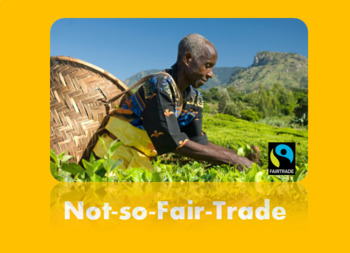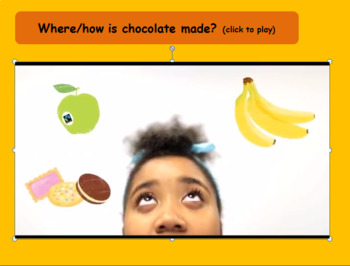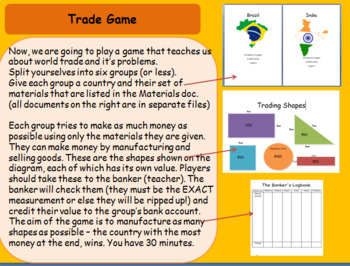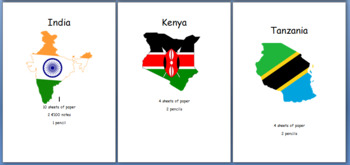The not-so-Fair-Trade Game
- Zip
What educators are saying
Description
"I can honestly say it is the best activity they have done this year! They absolutely loved it and were incredibly engaged. Watching them navigate the difficulties, inequalities and frustrations while working through them collaboratively was amazing. When finished it sparked such meaningful discussions and inquiry based research. LOVED IT! Thank you so much!" -Grade 6 teacher review
Past students of mine have told me that it was the best thing they ever did in school. I have used it many times and it never gets old!
The resource consists of a self-explanatory lesson powerpoint and supporting documents including Teacher Instructions.
It is an adaptation of The Trade Game for primary school classes (8years old and older)
The lesson is a workshop that facilitates the learning of world trade and it's problems. Children learn about how trade works around the world through discussion starters, images and Fairtrade videos about the trading of chocolate, coffee, footballs, gold, bananas and cotton. They are then split into groups with country names and a list of resources to make products (2D shapes). The different teams make as many materials as they can and cash them into the banker for 'money'. The country that has the most money at the end, wins.
**The catch is that the countries are given different materials to make their products. USA are given an abundance of materials including scissors, rulers etc. while Ghana is given little to no resources, for example.**
The powerpoint provides suggested questions to discuss afterwards which leads to incredible conversation with the children. They tend to feel 'hard done by' and they understand the injustice involved with world trade.





